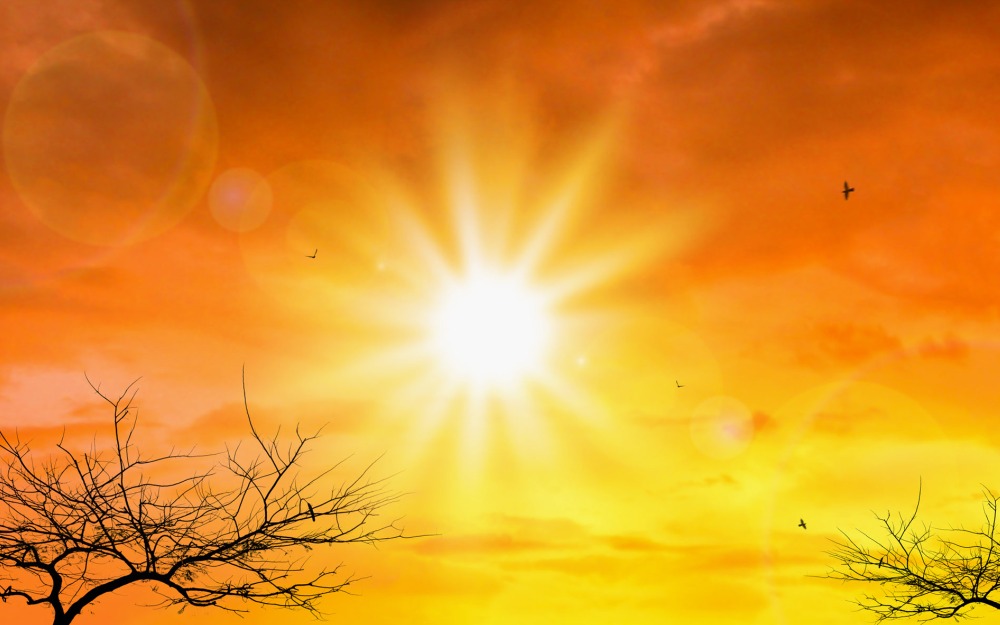You’ve probably heard scientists buzzing to one another about “ENSO.” ENSO, or El Niño/Southern Oscillation, is one of the most important climate phenomena on Earth due to its ability to change the global atmospheric circulation, which in turn, influences temperature and precipitation across the globe.
Though ENSO is a single climate phenomenon, it has three states, or phases, it can be in. They are “Neutral,” “El Niño,” and “La Niña.”
- Neutral: Neither El Niño nor La Niña. Often tropical Pacific SSTs are generally close to average.
- El Niño: A warming of the ocean surface, or above-average sea surface temperatures (SST), in the central and eastern tropical Pacific Ocean.
- La Niña: A cooling of the ocean surface, or below-average sea surface temperatures (SST), in the central and eastern tropical Pacific Ocean.
The consequences of El Niño and La Niña
The consequences of El Niño and La Niña are far-reaching and can be felt around the world. Here are some of the most common impacts:
- Rainfall: El Niño typically brings increased rainfall to the southwestern United States, southern Africa, and Australia. La Niña, on the other hand, typically brings increased rainfall to the southwestern United States, southern Africa, and Australia.
- Temperature: El Niño typically brings warmer than average temperatures to the central and eastern United States, the western Pacific, and Australia. La Niña, on the other hand, typically brings cooler than average temperatures to these regions.
- Droughts and floods: El Niño can lead to droughts in some parts of the world, while La Niña can lead to floods.
- Wildfires: El Niño can increase the risk of wildfires in some parts of the world, while La Niña can decrease the risk of wildfires.
- Coral bleaching: El Niño can cause coral bleaching, which is a stress response that can lead to coral death.
The upcoming El Niño
As per latest scientific studies, El Niño conditions likely to develop within the next couple of months (greater than 90% chance). Forecasters have high confidence in an upcoming El Niño not only because of the rapidly changing tropical Pacific Ocean conditions but also because of the strong agreement from the latest computer model predictions.
During the last several weeks, equatorial SSTs were above average in the eastern and western Pacific Ocean and across most of the Atlantic and Indian Oceans.
It’s unclear how strong the coming El Niño will be – some models predict it could reach super-strength, others suggest it will be more moderate. But what is clear is that, layered on top of human-caused global heating, the signs point to El Niño ushering in severe and unprecedented impacts for many parts of the world.

El Niño and climate change
El Niño is a natural climate phenomenon, but it is being exacerbated by climate change. As the planet warms, the ocean’s temperature is rising, which is making El Niño events more likely and more severe.
This is a major concern for scientists and policymakers, as El Niño can have a devastating impact on people and the environment.
What can we do?
There is no way to stop El Niño, but there are things we can do to prepare for it. Here are a few tips:
- Stay informed about the latest El Niño forecasts.
- Make sure you have a plan in place in case of a drought or flood.
- If you live in a coastal area, be aware of the risk of coastal flooding.
- Support policies that will help reduce greenhouse gas emissions and mitigate the effects of climate change.
El Niño is a powerful climate phenomenon that can have a significant impact on our world. By staying informed and taking steps to prepare, we can help to reduce the risks associated with this event.


